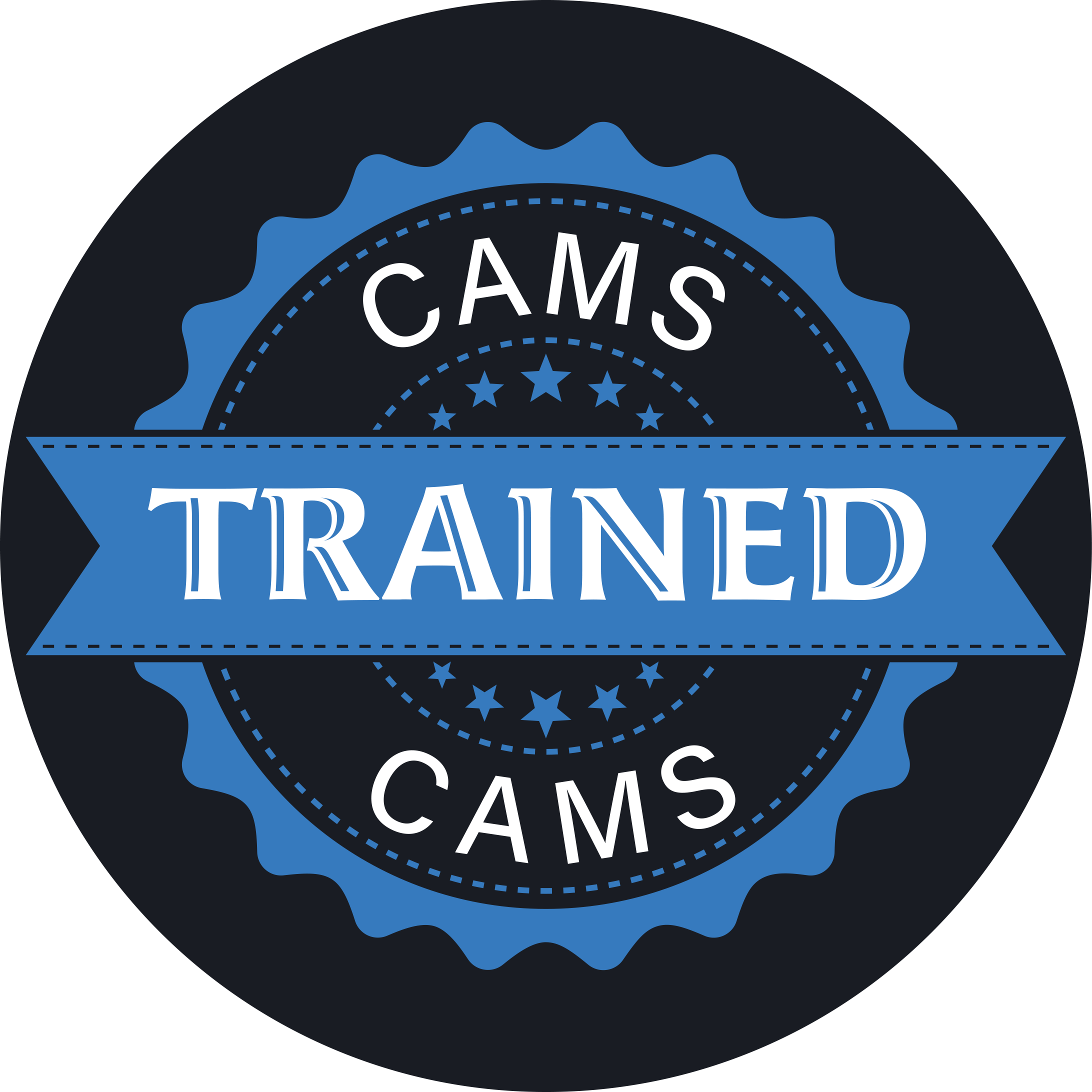Locate a CAMS Trained™ clinician who can help you or your loved one.

Do you have an urgent need?
The providers listed below are not intended for use in urgent health situations. If you are in an urgent crisis needing immediate assistance, call 911 or reach out to National Suicide Prevention hotline at 988 or text HOME to 741741.
We were unable to find a CAMS Trained™ clinician in Hawaii who has chosen to be listed in this locator tool. Many states have funded clinician training in CAMS. We suggest you contact your state suicide coordinator to seek funding for evidence based treatment.
Contact your state suicide prevention office to ask for grants to expand the use of CAMS training. Send an email to EMS & Injury Prevention System Branch, (808) 733-9320, emsipsb@doh.hawaii.gov.
Learn more about becoming CAMS Trained.
